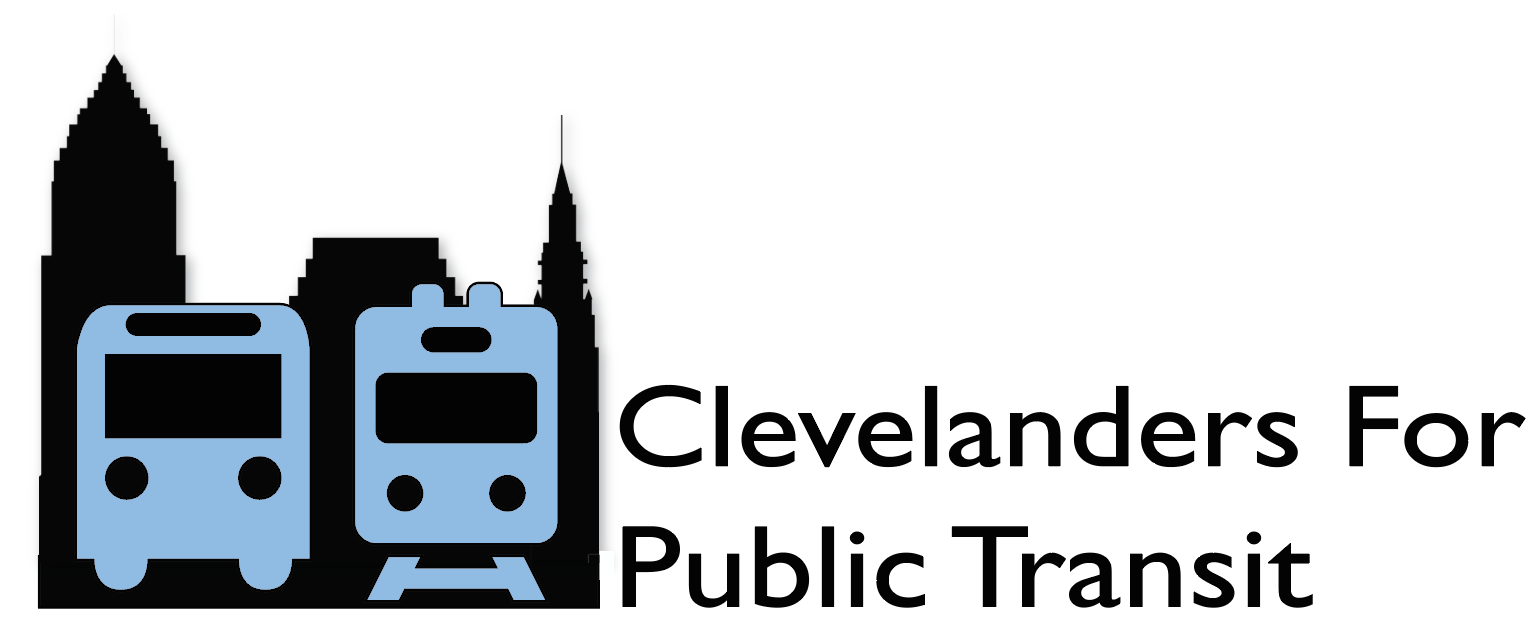 Picture this: on a cold northeast Ohio morning, an affluent white driver from the east side suburbs drives their Ford Expedition SUV westward into the city, navigating from Chagrin Boulevard onto Kinsman Boulevard at a speed of 40mph. Overnight snow has become piles of slush lining the street and crowding the sidewalks. As a result, while the driver speeds by at a speed that would be fatal upon collision, a pedestrian in a motorized wheelchair traverses along the edge of the street. Their normal path—already not ideal or completely welcoming to this form of mobility—has been completely obstructed by the slush that has been pushed onto the sidewalk to make way for cars.
Picture this: on a cold northeast Ohio morning, an affluent white driver from the east side suburbs drives their Ford Expedition SUV westward into the city, navigating from Chagrin Boulevard onto Kinsman Boulevard at a speed of 40mph. Overnight snow has become piles of slush lining the street and crowding the sidewalks. As a result, while the driver speeds by at a speed that would be fatal upon collision, a pedestrian in a motorized wheelchair traverses along the edge of the street. Their normal path—already not ideal or completely welcoming to this form of mobility—has been completely obstructed by the slush that has been pushed onto the sidewalk to make way for cars.
This imaginary scenario isn’t too far-fetched. A perfect storm of political priorities, land use and design, and dominant cultural ideology have cleared the way for drivers at the cost of pedestrians in Cleveland and in cities—and suburbs—across the United States, as writer Angie Schmitt deftly proves in her recently published Right of Way: Race, Class, and the Silent Epidemic of Pedestrian Deaths in America. Schmitt, a Clevelander, renowned writer on sustainable transit, and member of CPT, confronts the subject of pedestrian safety—or lack thereof. Appropriately, as the title suggests, she refers to the status of increasing pedestrian deaths due to traffic violence as an “epidemic,” laying bare the severity of the crisis. She shows how power and profit have literally paved the road for “killer cars,” creating a collective environment like the one we see here in Cuyahoga County where regional development and sprawl leave us with hollowed out public transit, wide roads inhospitable to working class residents and workers—who are disproportionately Black and Latinx—and an overall lack of cyclist and pedestrian friendly infrastructure. Schmitt also shows that ideals of individual choice, “pull yourself up by your bootstraps,” and anti-urbanism that dominates much of state and federal legislatures have combined to render traffic violence an unfortunate but acceptable—and mostly invisible—cost of participating in American life. Importantly for groups like CPT and Bike Cleveland, she also demonstrates that there’s growing momentum around the issue of safer and more equitable streets, with advocacy groups mobilizing across the country around Vision Zero platforms, which emphasize that while humans inevitably make mistakes as both pedestrians and drivers, the worst of traffic violence as we know it is absolutely preventable. Streets that are designed to serve pedestrians, cyclists, and public transit first can not only improve the quality of life for people who use them: they can also literally save lives. Public transit, too, is proven to be safer than car travel—according to the Victoria Transit Policy Institute, “transit travel has about a tenth the traffic casualty (death or injury) rate as automobile travel, and transit-oriented neighborhood residents have about a fifth the per capita crash casualty rate as in automobile-oriented areas.”
Preventing pedestrian injury and death is a worthy and achievable end in and of itself. But Vision Zero implementations would yield other benefits as well—prioritizing transit and curtailing endless road and highway expansion improve environmental sustainability and enhance racial and economic equity. Urban and regional planning and governance such as street design have environmental and health consequences for municipalities and their residents. In the Cleveland area, for example, as scholar Hannah Lebovits recently reported for Cleveland Scene, sprawling municipalities and constant construction and widening of roads and parking lots have detrimental effects on water management, often for neighboring municipalities. And in Cleveland, as elsewhere around the world, there will continue to be pressing issues on how to design streets to accommodate freight and the growing logistics industry, where huge trucks might come in contact with pedestrians and city residents. This is an environmental safety due to emissions, and poses potential traffic violence issues. In Cleveland, the recent plans around the Willow Street lift bridge to allow for commercial trucks to pass through a residential area that includes the Lakeview Terrace are a stark example of political acceptance and facilitation of continued environmental injustice that targets Black and low-income communities. Thankfully, residents, some councilmembers, groups like CPT, and hopefully readers like you will continue to fight for safe, equitable, healthy city design.

Angie Schmitt’s Right of Way sheds light on the existing catastrophe of racialized traffic violence primarily against communities of color in the United States, and engages the reader in an accessible yet deft treatise on the ways in which this has come to be and the ways it does not have to be going forward.

